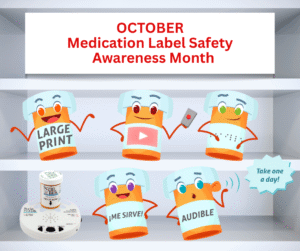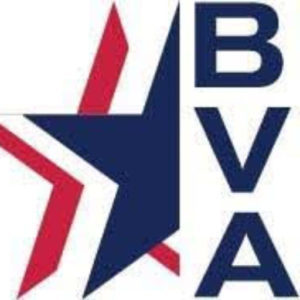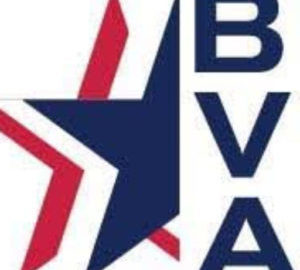 October is Medication Label Safety Awareness Month, encompassing an issue that cannot be given too much emphasis in the blind and low vision veteran community. When it comes to critical prescription label information, En-Vision America asserts that patients should receive a “perfect fit” label that addresses their needs, abilities, and health goals. Patients can talk to their pharmacist about audible, large print, Braille, and translated prescription labeling options.
October is Medication Label Safety Awareness Month, encompassing an issue that cannot be given too much emphasis in the blind and low vision veteran community. When it comes to critical prescription label information, En-Vision America asserts that patients should receive a “perfect fit” label that addresses their needs, abilities, and health goals. Patients can talk to their pharmacist about audible, large print, Braille, and translated prescription labeling options.
The ScripTalk audible prescription labeling system was developed by En-Vision America. To provide ScripTalk labels to their patients, the pharmacy places an RFID label on the bottom of a patient’s prescription bottle. The patient then places the bottle on a small, battery-operated device called a ScripTalk Station, which is provided at no charge to the patient. The ScripTalk Station reads prescription information aloud to the patient, including patient name, prescription number, drug name, dosage, use instructions, warnings, educational leaflets, and pharmacy information.
With BVA’s support, the Department of Veterans Affairs (VA) integrated the technology into its system in 2004. VA Blind Rehabilitation Centers researched and then implemented the ScripTalk program into their curriculum. Blind and low vision veterans can receive a ScripTalk Station or use a free ScripTalk mobile application to access medication names, dosages, and other vital instructions by placing a specially tagged prescription bottle on the device or scanning it with their phones.
BVA announced in BVA Happenings a more recent breakthrough this past June, after learning that blind and low vision veterans can also now receive En-Vision America’s ScripTalk Talking Prescription Labels on their guide dog medications from CHEWY.


